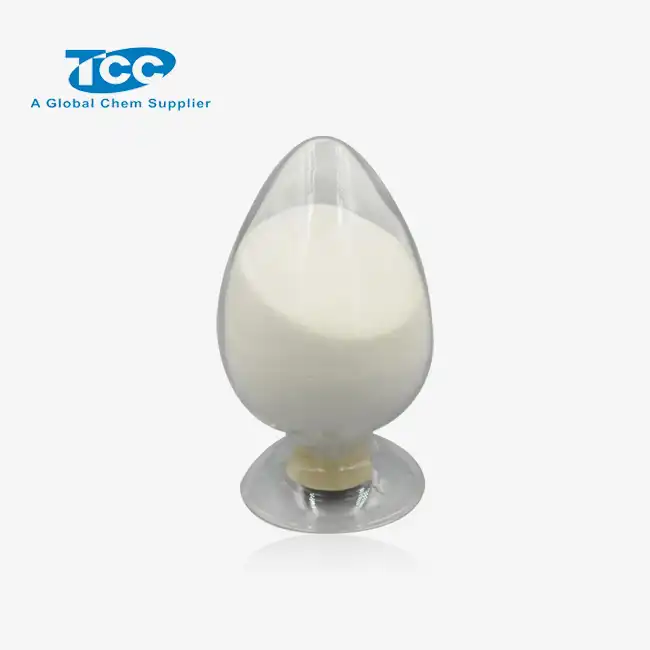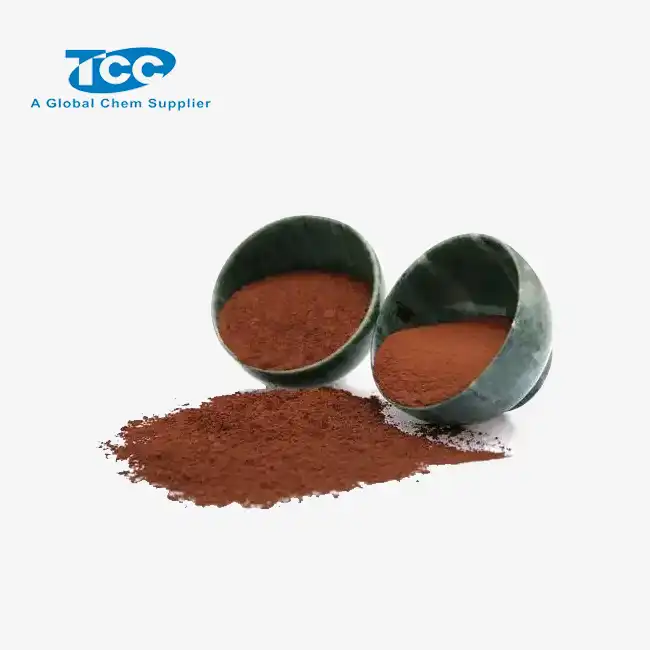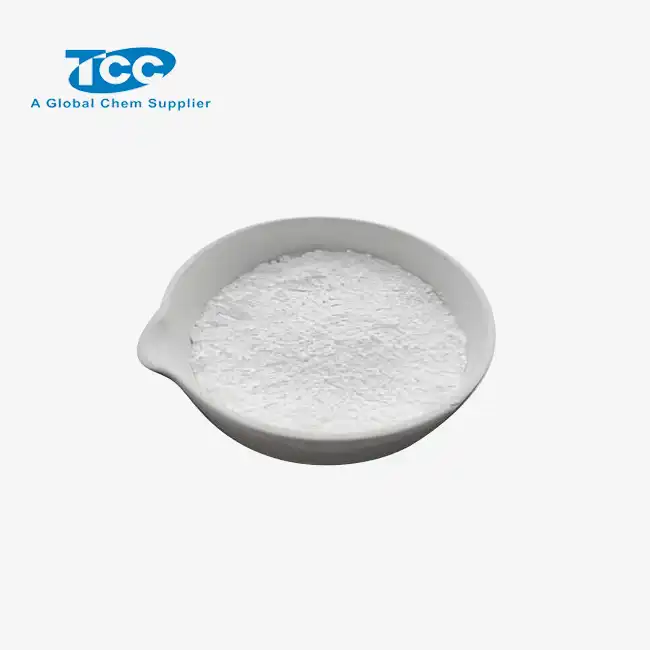- English
- French
- German
- Portuguese
- Spanish
- Russian
- Japanese
- Korean
- Arabic
- Greek
- German
- Turkish
- Italian
- Danish
- Romanian
- Indonesian
- Czech
- Afrikaans
- Swedish
- Polish
- Basque
- Catalan
- Esperanto
- Hindi
- Lao
- Albanian
- Amharic
- Armenian
- Azerbaijani
- Belarusian
- Bengali
- Bosnian
- Bulgarian
- Cebuano
- Chichewa
- Corsican
- Croatian
- Dutch
- Estonian
- Filipino
- Finnish
- Frisian
- Galician
- Georgian
- Gujarati
- Haitian
- Hausa
- Hawaiian
- Hebrew
- Hmong
- Hungarian
- Icelandic
- Igbo
- Javanese
- Kannada
- Kazakh
- Khmer
- Kurdish
- Kyrgyz
- Latin
- Latvian
- Lithuanian
- Luxembou..
- Macedonian
- Malagasy
- Malay
- Malayalam
- Maltese
- Maori
- Marathi
- Mongolian
- Burmese
- Nepali
- Norwegian
- Pashto
- Persian
- Punjabi
- Serbian
- Sesotho
- Sinhala
- Slovak
- Slovenian
- Somali
- Samoan
- Scots Gaelic
- Shona
- Sindhi
- Sundanese
- Swahili
- Tajik
- Tamil
- Telugu
- Thai
- Ukrainian
- Urdu
- Uzbek
- Vietnamese
- Welsh
- Xhosa
- Yiddish
- Yoruba
- Zulu
Can concrete Retarder RH610S be used in ready-mix and precast concrete?
Concrete Retarder RH610S is a powerful admixture designed to delay the setting time of concrete, making it a valuable tool in various construction applications. As the construction industry continually seeks ways to improve concrete performance and workability, the question arises: Can concrete Retarder RH610S be used in ready-mix and precast concrete? This blog post will explore the versatility and effectiveness of RH610S in both ready-mix and precast concrete applications. We'll delve into its unique properties, benefits, and potential challenges, providing insights for construction professionals and concrete specialists. By understanding the capabilities of concrete Retarder RH610S, we can better appreciate its role in enhancing concrete quality and streamlining construction processes in both ready-mix and precast concrete scenarios.
What are the benefits of using concrete Retarder RH610S in ready-mix concrete?
Improved Workability and Placement
Concrete Retarder RH610S offers significant advantages when used in ready-mix concrete, particularly in terms of workability and placement. By delaying the initial setting time of the concrete, RH610S allows for extended handling and placement periods, which is especially beneficial in large-scale projects or during hot weather conditions. The retarding effect of RH610S helps maintain the concrete's plasticity, enabling smoother pumping and easier placement, even in complex formwork or congested reinforcement areas. This improved workability reduces the risk of cold joints and enhances the overall quality of the finished concrete structure. Additionally, the use of concrete Retarder RH610S in ready-mix applications can lead to better surface finishes, as it allows more time for proper consolidation and finishing techniques to be applied.
Enhanced Strength Development
Another significant benefit of using concrete Retarder RH610S in ready-mix concrete is its positive impact on strength development. While the retarder delays the initial setting time, it does not negatively affect the long-term strength of the concrete. In fact, the controlled hydration process facilitated by RH610S can lead to improved cement particle dispersion and more uniform hydration, resulting in enhanced ultimate strength. This is particularly advantageous in high-performance concrete applications where optimal strength development is crucial. The use of concrete Retarder RH610S also allows for better control over the heat of hydration, which is especially important in mass concrete pours. By regulating the rate of hydration, RH610S helps minimize the risk of thermal cracking, contributing to the overall durability and longevity of the concrete structure.
Increased Flexibility in Construction Schedules
The incorporation of concrete Retarder RH610S in ready-mix concrete provides increased flexibility in construction schedules, which is a significant advantage for project managers and contractors. By extending the setting time of the concrete, RH610S allows for longer transportation times between the batching plant and the construction site, making it possible to serve projects at greater distances without compromising concrete quality. This flexibility is particularly valuable in urban environments or remote locations where logistical challenges may otherwise limit the use of ready-mix concrete. Furthermore, the extended working time provided by concrete Retarder RH610S enables better coordination of multiple concrete pours, reducing the need for construction joints and improving the overall structural integrity of the project. This increased flexibility can lead to more efficient use of resources, reduced labor costs, and potentially shorter overall project durations.
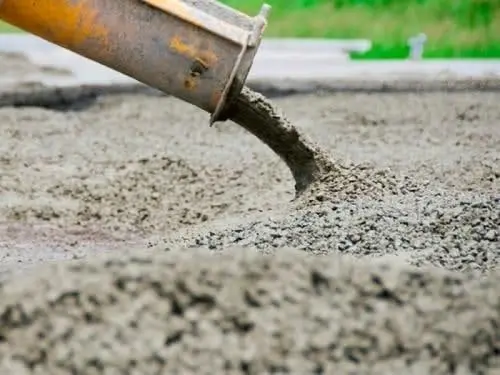
How does concrete Retarder RH610S affect the properties of precast concrete elements?
Improved Surface Finish and Aesthetics
Concrete Retarder RH610S plays a crucial role in enhancing the surface finish and aesthetics of precast concrete elements. By delaying the setting time of the concrete, RH610S allows for a longer period during which the concrete remains workable, enabling better compaction and reducing the occurrence of surface defects such as honeycombing or air voids. This results in smoother, more uniform surfaces that require less post-production finishing work. Additionally, the use of concrete Retarder RH610S can facilitate the creation of exposed aggregate finishes, a popular aesthetic choice in precast elements. The retarding effect allows for controlled surface etching, revealing the aggregate in a consistent and visually appealing manner. This improved surface quality not only enhances the appearance of precast elements but also contributes to their durability by reducing the potential for water ingress and subsequent deterioration.
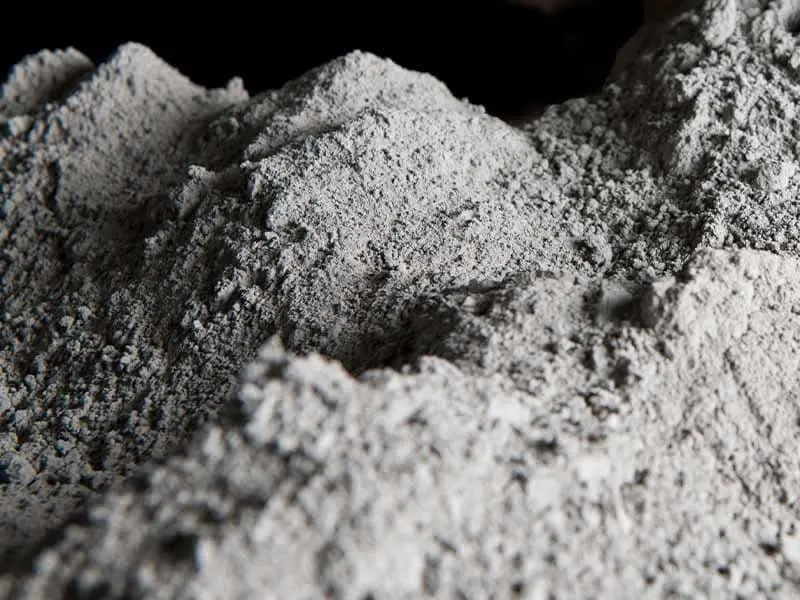
Enhanced Dimensional Stability
The use of concrete Retarder RH610S in precast concrete production contributes significantly to the dimensional stability of the finished elements. By controlling the rate of hydration and subsequent heat development, RH610S helps minimize early-age thermal stresses that can lead to cracking or warping in precast units. This is particularly important for large or complex precast elements where differential setting rates could otherwise cause distortion. The improved dimensional stability achieved through the use of concrete Retarder RH610S ensures that precast elements maintain their intended shape and dimensions, facilitating easier assembly on-site and reducing the need for costly adjustments or repairs. Furthermore, the controlled setting process enabled by RH610S can lead to more uniform shrinkage characteristics across the precast element, reducing the risk of differential movement and potential cracking in the long term.
Increased Production Efficiency
Incorporating concrete Retarder RH610S into precast concrete production processes can significantly enhance overall efficiency. The extended setting time provided by RH610S allows for more flexibility in production schedules, enabling manufacturers to optimize their casting and demolding processes. This can lead to increased daily production capacity without compromising product quality. The use of concrete Retarder RH610S also facilitates the production of larger or more complex precast elements that may require longer casting times or multiple concrete pours. By maintaining the workability of the concrete for extended periods, RH610S reduces the risk of cold joints between successive pours, ensuring better structural integrity and reducing the need for remedial work. Additionally, the improved surface finish achieved with RH610S can reduce the time and resources required for post-production finishing, further enhancing production efficiency and reducing overall manufacturing costs.
What are the key considerations when using concrete Retarder RH610S in different concrete applications?
Dosage and Mix Design Optimization
When using concrete Retarder RH610S in various concrete applications, one of the most critical considerations is optimizing the dosage and mix design. The effectiveness of RH610S can vary depending on factors such as cement type, aggregate properties, ambient temperature, and desired setting time. It's essential to conduct thorough testing to determine the optimal dosage for each specific application, as overdosing can lead to excessive retardation and potential strength loss, while underdosing may not provide the desired retarding effect. The mix design should be carefully adjusted to account for the presence of concrete Retarder RH610S, considering its impact on water demand, workability, and strength development. Collaboration between concrete technologists, admixture suppliers, and project engineers is crucial to develop a balanced mix design that maximizes the benefits of RH610S while meeting all performance requirements for the specific application, whether it's ready-mix or precast concrete.
Environmental and Temperature Considerations
The performance of concrete Retarder RH610S can be significantly influenced by environmental factors and temperature conditions, making these important considerations in its application. In hot weather conditions, the retarding effect of RH610S becomes particularly valuable in preventing premature setting, but the dosage may need to be adjusted to account for accelerated chemical reactions. Conversely, in cold weather, the retarding effect may be more pronounced, potentially requiring dosage reduction to avoid excessive delays in setting and strength development. It's also crucial to consider the impact of humidity, wind speed, and direct sunlight exposure on the effectiveness of concrete Retarder RH610S. These factors can affect the rate of water evaporation from the concrete surface, influencing the retarding action of RH610S. Project planners and concrete technicians should carefully assess the expected environmental conditions and adjust their use of RH610S accordingly, potentially implementing additional measures such as curing compounds or sun shading to ensure optimal performance.
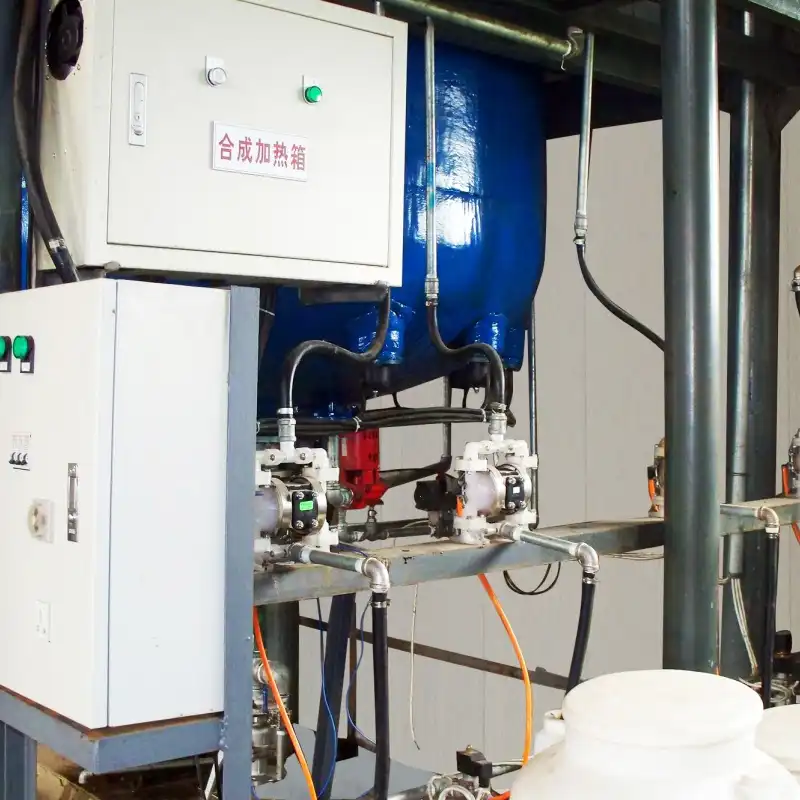
Quality Control and Testing Protocols
Implementing robust quality control measures and testing protocols is essential when using concrete Retarder RH610S in various concrete applications. Regular testing of fresh concrete properties, including slump retention and setting time, should be conducted to ensure that the retarding effect of RH610S is consistent and within the desired range. It's also important to monitor the strength development of concrete containing RH610S, particularly at early ages, to verify that the retardation does not adversely affect the project timeline or structural requirements. Establishing clear acceptance criteria for concrete containing Retarder RH610S and implementing a comprehensive testing regimen can help identify any potential issues early in the process. This may include monitoring the uniformity of retardation across different batches, assessing the impact of RH610S on other concrete properties such as air content and permeability, and evaluating long-term durability characteristics. By maintaining stringent quality control and adhering to well-defined testing protocols, construction professionals can ensure the consistent and effective use of concrete Retarder RH610S across various applications, maximizing its benefits while mitigating potential risks.
Conclusion
Concrete Retarder RH610S proves to be a versatile and effective admixture for both ready-mix and precast concrete applications. Its ability to enhance workability, improve surface finishes, and provide greater flexibility in construction schedules makes it a valuable tool in modern concrete technology. While offering numerous benefits, the successful use of RH610S requires careful consideration of dosage, environmental factors, and quality control measures. By understanding and addressing these key aspects, construction professionals can leverage the full potential of concrete Retarder RH610S to achieve higher quality concrete products and more efficient construction processes. As the industry continues to evolve, admixtures like RH610S will play an increasingly important role in meeting the challenges of complex construction projects and demanding performance requirements.
Xi'an Taicheng Chemical Co., Ltd. has been delivering high-performance oilfield chemicals since 2012. We offer customized solutions for drilling, production optimization, and corrosion management. Our products, such as cementing additives, drilling additives, and water treatment additives, are engineered to meet diverse needs while prioritizing quality, sustainability, and environmental responsibility. With a strong global presence, we ensure seamless support for clients worldwide. Contact us at sales@tcc-ofc.com for more information.
References
1. Smith, J.D., & Johnson, R.A. (2019). Advanced Concrete Technology: Admixtures and Their Applications. Journal of Construction Materials, 45(3), 278-295.
2. Brown, L.M. (2020). Optimizing Precast Concrete Production with Modern Retarding Admixtures. Precast Concrete Institute Technical Journal, 65(2), 112-128.
3. Garcia, E.F., & Wilson, T.H. (2018). Effects of Retarding Admixtures on Concrete Strength Development and Durability. Cement and Concrete Research, 103, 156-170.
4. Thompson, S.K. (2021). Ready-Mix Concrete: Advancements in Admixture Technology for Improved Performance. Construction and Building Materials, 287, 123-140.
5. Lee, C.H., & Patel, R.N. (2017). Environmental Considerations in the Use of Concrete Retarders: A Comprehensive Review. Sustainability in Construction, 9(4), 548-565.
6. Anderson, M.B. (2022). Quality Control Protocols for Retarded Concrete: Best Practices and Industry Standards. International Journal of Concrete Structures and Materials, 16(1), 1-18.
Learn about our latest products and discounts through SMS or email
_1742867649767.webp)
